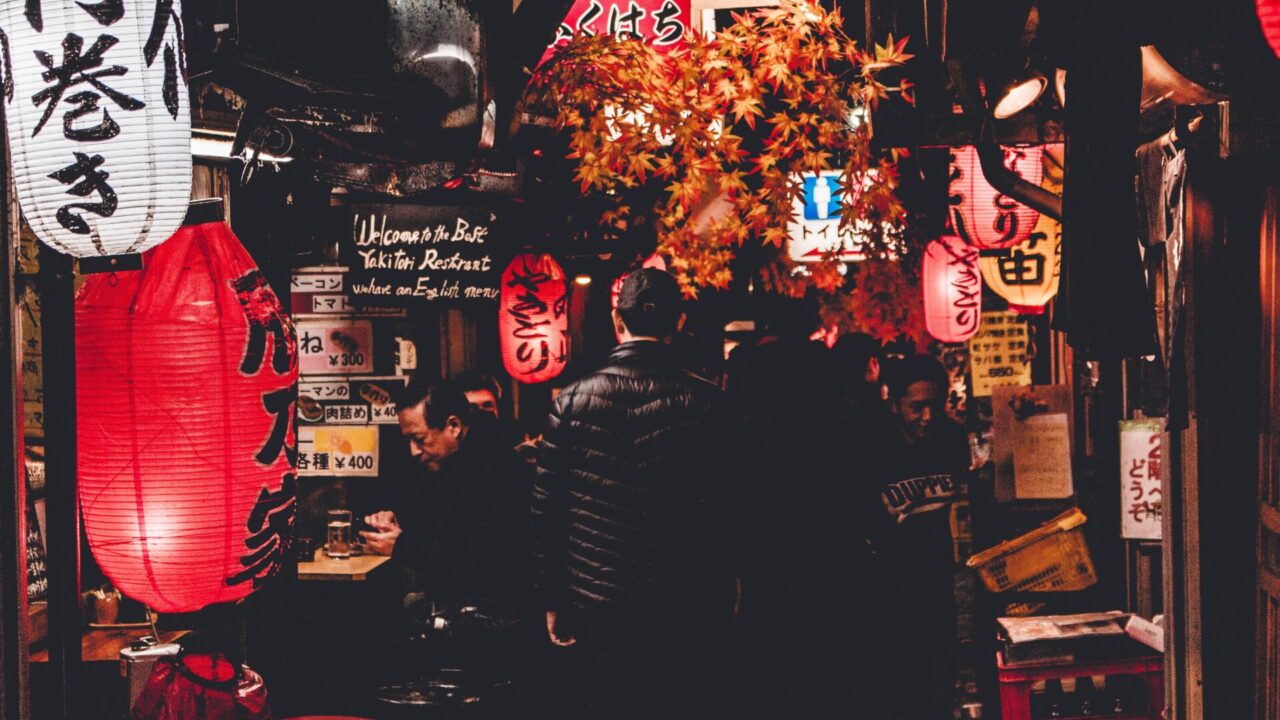Visiting Japan is akin to stepping into a rich tapestry of culture, history, and gastronomy. One of the country’s lesser-known but equally captivating experiences is the yatai, or street food stalls. In this journey, we’ll guide you through the vibrant world of yatai, ensuring you savor every bite.
1. Introduction to Yatai
Yatai can be found on busy city streets and festive corners, offering a range of delicious bites. These mobile food stalls are a window into Japan’s culinary heart, providing quick yet delectable meals for the bustling crowd. Dating back to the Edo period, yatai have long been a staple of Japanese street culture.
2. The Cultural Significance of Yatai
Yatai are not just about food; they’re a slice of Japanese daily life. Historically, these stalls provided meals for working-class citizens, making dining out accessible and affordable. Today, yatai create a sense of community, drawing people together after a long day’s work.
3. Must-Try Yatai Delicacies
- Ramen: Savor a bowl of piping hot ramen, with flavors ranging from the rich pork-based tonkotsu to the lighter soy-based shoyu.
- Takoyaki: A beloved Osaka specialty, these ball-shaped snacks filled with minced or diced octopus are a must-try.
- Yakitori: Char-grilled chicken skewers seasoned to perfection, they’re the perfect companion to a cold beer.
- Oden: A comforting winter dish, oden consists of various ingredients simmered in a light, soy-flavored broth.
4. Navigating the Yatai Experience
Approaching a yatai can be intimidating, but fear not! With limited seating, it’s common to wait for a spot. Once seated, it’s customary to order a drink first, followed by your food selections. Many yatai owners are friendly and may even strike up a conversation, enriching your dining experience.
5. Yatai Etiquette: Do’s and Don’ts
- Do wait patiently for a seat.
- Don’t linger for too long after finishing your meal, especially during peak hours.
- Do order a drink first, as is customary.
- Don’t be loud or disruptive; yatai spaces are intimate, and other patrons are there to relax.
- Do thank the chef or stall owner upon leaving; a simple “Arigatou gozaimasu” will suffice.
6. Exploring Yatai Hotspots
While yatai can be found throughout Japan, some cities are particularly renowned for their offerings:
- Fukuoka: Famous for its ramen yatai along the Nakasu River.
- Osaka: Known for its takoyaki and okonomiyaki stalls.
- Tokyo: While not as prevalent, Tokyo’s yatai scene, particularly in areas like Omoide Yokocho, offers a plethora of gastronomic delights.
Conclusion
Immersing yourself in Japan’s yatai culture provides more than just a meal—it’s an opportunity to connect deeply with the country’s traditions, flavors, and people. As you plan your Japanese adventure, be sure to allocate time to explore these iconic street food stalls. With each bite, you’ll not only satiate your hunger but also your wanderlust. Safe travels and happy eating!




